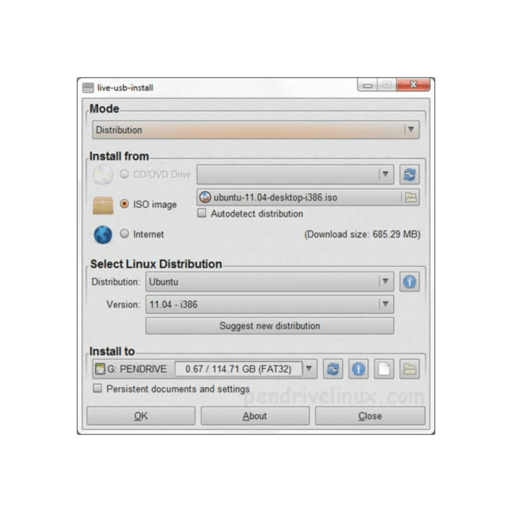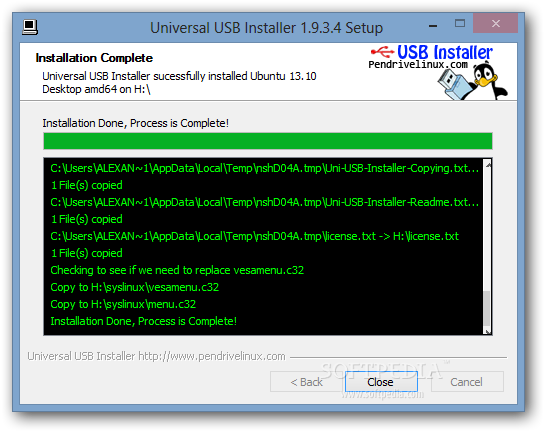


Windows 10: What's new for USB: Overview of new features and improvements in USB in Windows 10. Windows also provides programming interfaces that you can use to develop device drivers and applications that communicate with a USB device. Windows operating systems include native support for USB host controllers, hubs, and devices and systems that comply with the official USB specification. The USB-IF is a Special Interest Groups (SIGs) that maintains the Official USB Specification, test specifications and tools. Migration to USB is recommended for all peripheral devices that use legacy ports such as PS/2, serial, and parallel ports. Implemented a checkpoint to prevent from running if Operating System is not at least Windows 8.Universal Serial Bus (USB) provides an expandable, hot-pluggable Plug and Play serial interface that ensures a standard, low-cost connection for peripheral devices such as keyboards, mice, joysticks, printers, scanners, storage devices, modems, and video conferencing cameras. Included a confirmation prompt before proceeding to format a drive. Set to show Local Drives in addition to USB Drives.Quick revision to disallow (Disk 0) from being displayed.Moved checkpoint to simply prevent NTFS format option from appearing on systems prior to Windows 8. Re-enable the ability to run from earlier versions of Windows.Update AmogOS with persistence download link.Updated Archbang and Archlinux to use dd rawwrite method. Added Wipe option to reformat and restore a USB flash drive.Updated to support writable persistence for Lubuntu, Xubuntu, Kubuntu versions 20.04+.Fixed to allow spaces in Windows user profile.Updated option to fully Install Windows 10 or 11 on USB.For example Linux Mint and CentOS will not work with the Multiboot option. Added an option to Create Multiboot USB.Fix wipe and format options to only show for Windows 11, 10, 8 on selectable devices that appear as USB drives or fixed local disks.

Fix broken persistence option for Ubuntu and Linux Mint based distributions.Other features include Persistence (if available) - note that casper persistence will only work with fat16 or fat32 formatted drives. Upon completion, you should have a ready to run bootable USB Flash Drive with your select operating system installed. Simply choose a Live Linux Distribution, the ISO file, your Flash Drive and, Click Install. The Universal USB Installer is easy to use.


 0 kommentar(er)
0 kommentar(er)
